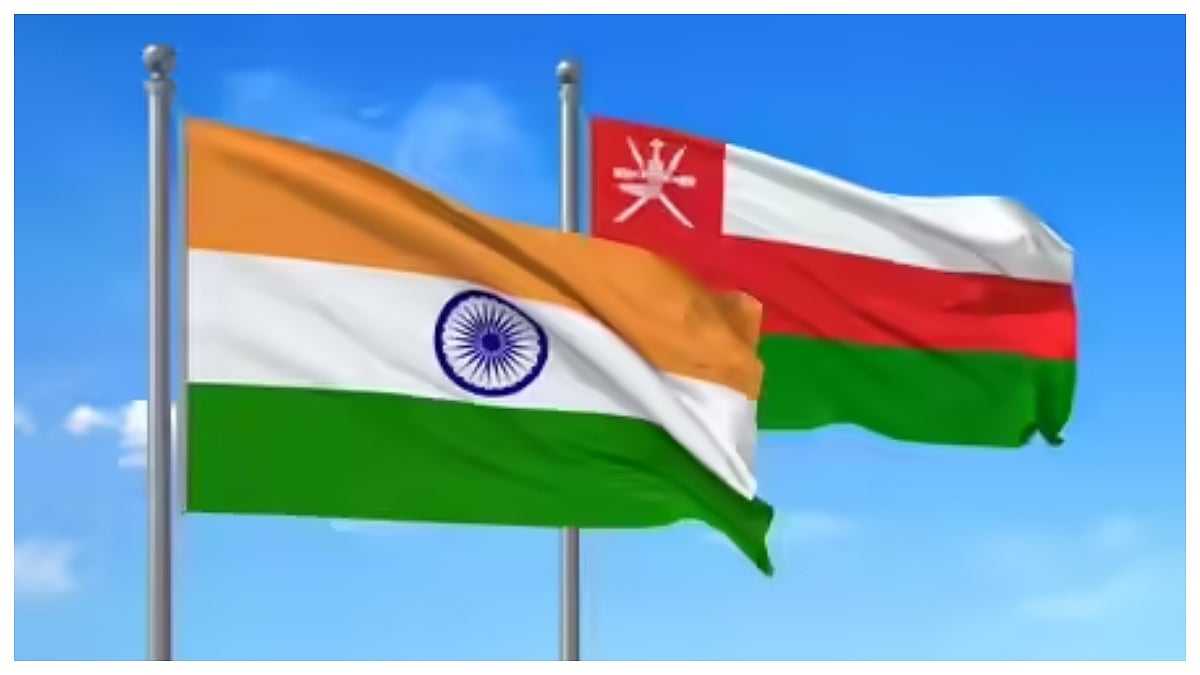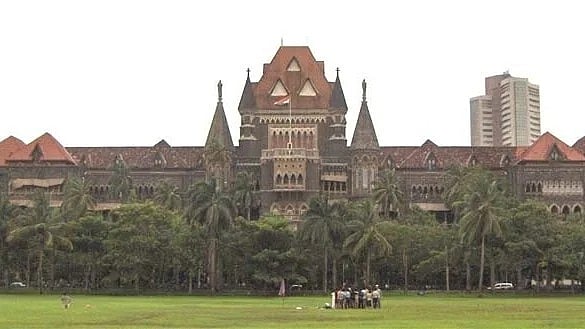Mumbai: The D ward has reported around 19 cases in 24 hours. On April 22, the ward had registered 234 cases, the number has spiked to 253 as on April 23.
Even as the number of cases has shown a steady increase every day, the D ward ceases to be the third most affected ward in the city after G (South) and E ward. Just last week two wards F (north) and L ward which is dominated by dense slum pockets have outdone D ward by reporting a rapid increase in the COVID-19 positive cases.
D ward which consists of posh addresses like Malabar Hill, Napean Sea Road, Walkeshwar, Breach Candy, had patients who had travelled abroad in the past couple of months or had come in contact with relatives or acquaintances having foreign travel history. This trend then gradually changed, there had been cases where drivers and security guards contracted the virus through their employers.
However, a major setback in D ward was when temporary closure and sealing of top city hospitals like Jaslok and Bhatia happened. Shockingly, a large number of frontline workers including doctors and nurses had fallen prey to the deadly Coronavirus.
"In a major shock for the residents of Grant road, Peddar road, Cumbala hill, Tardeo etc or for the entire city was when top city hospital like Bhatia and Jaslok shutdown after several of their nurses and doctors were infected with Coronavirus.
For us when doctors can be infected, we are more vulnerable," said Kyati Ashok, Resident of Cumbala hill. Currently, the total number of staff members who were tested positive for Novel Coronavirus stands 46 in Bhatia Hospital 57 at Jaslok.
"Most numbers of cluster cases in our ward came from Jaslok and Bhatia hospital. Other than that, we do not have any cluster cases in our ward, which we can call as the most affected areas," Prashant Gaikwad, Assistant Municipal Commissioner of D ward told the Free Press Journal.
Gaikwad added, "Initially we got several cases from different buildings in Malabar hill, however apart from two deaths all others were cured and discharged. Similarly, four days ago, 23 cases from two buildings on Khetwadi were detected after swab tests of high rick contacts were collected.
We have been getting index cases; however, they are from different areas, unlike many other wards where index cases are found in clusters. For example, it can be a housemaid, driver, police constable etc. Hence this makes contact tracing exercise a herculean task for us."
Meanwhile Jyotsana Mehta, corporator from ward 219 in D ward which comprises a major chunk of slum pockets said, "I have around 17 to 18 slum pockets in my ward. This also includes Ban Ganga.
Both slum and non-slum societies have been cooperating with us and have been following social distancing effectively. I would like to give full credit to the team of D ward for managing to create awareness among residents. They have been following all protocols. Containment measures have been very effective too.
D ward initially had over 85 containment zones. However, 34 people have been cured and discharged as on April 23 revealed a data from BMC. Currently, the D ward has around 57 buildings/areas which have been designated as containment zones in areas such as Walkeshwar, Peddar Road, Tardeo and Opera House etc.






